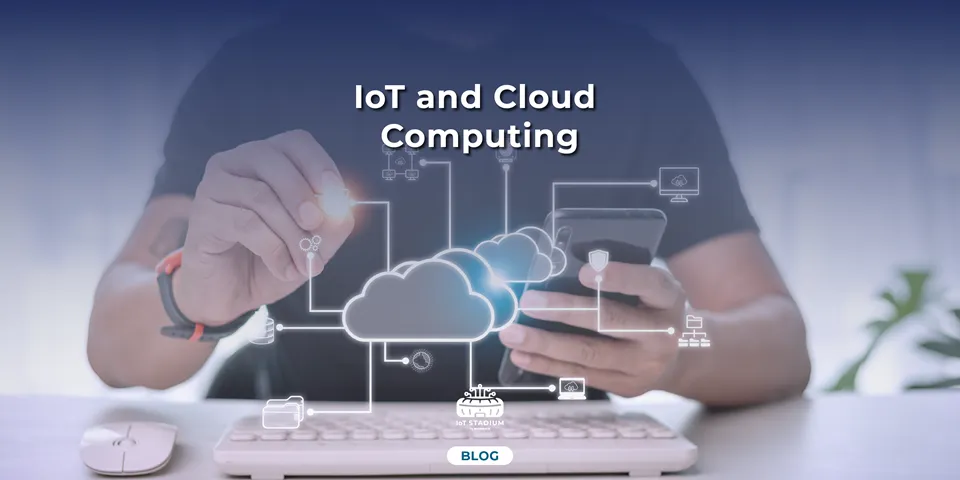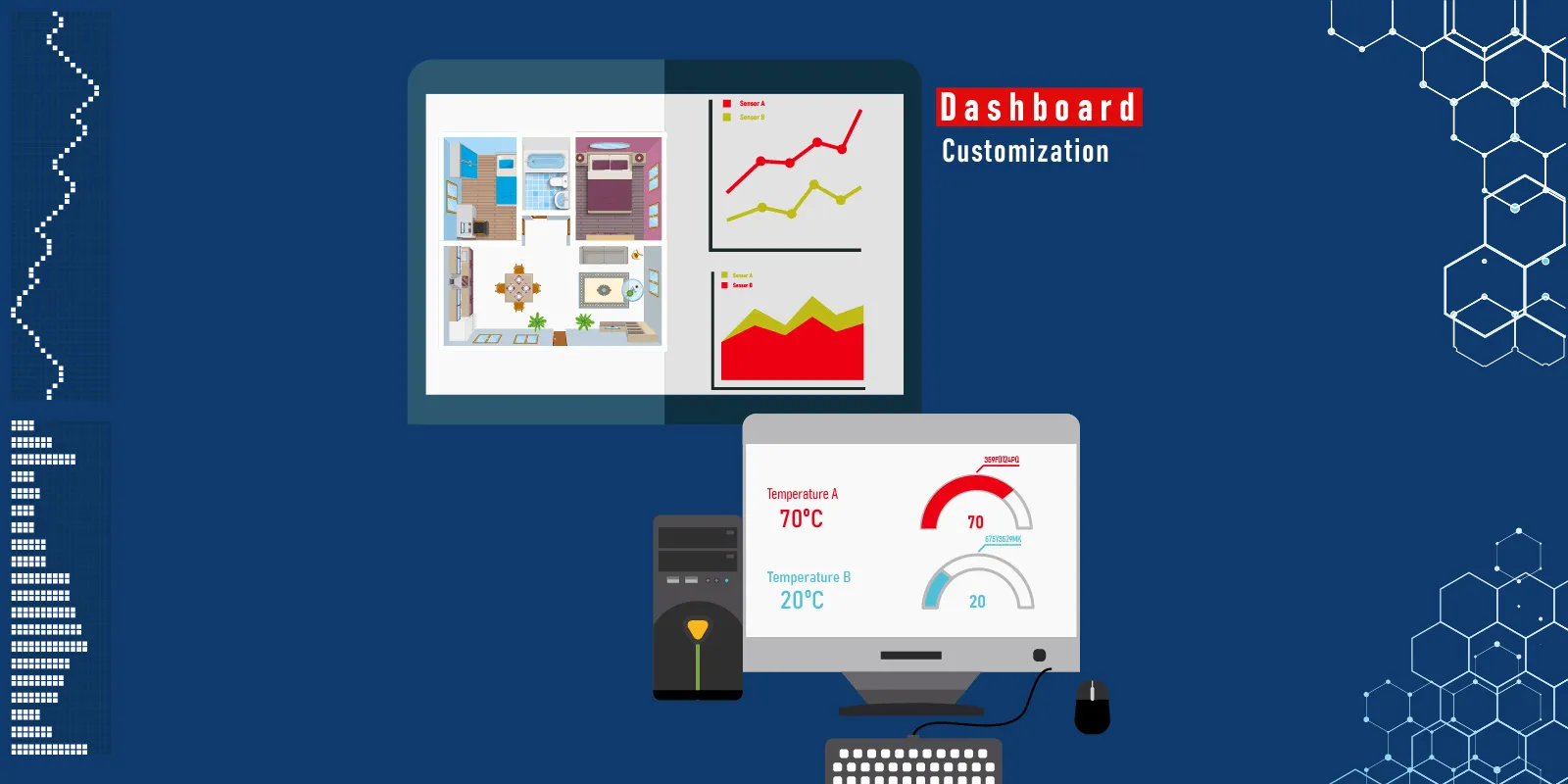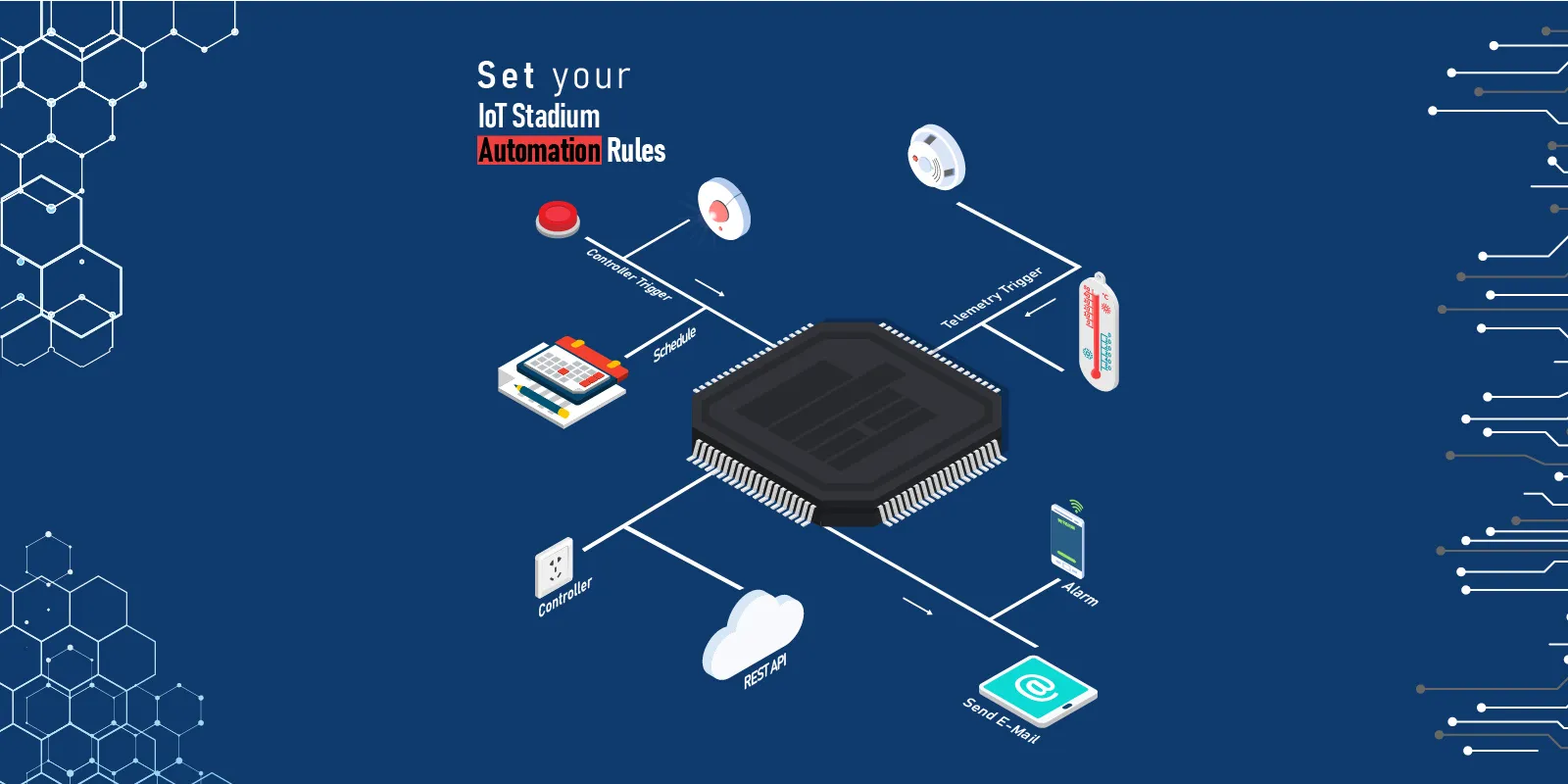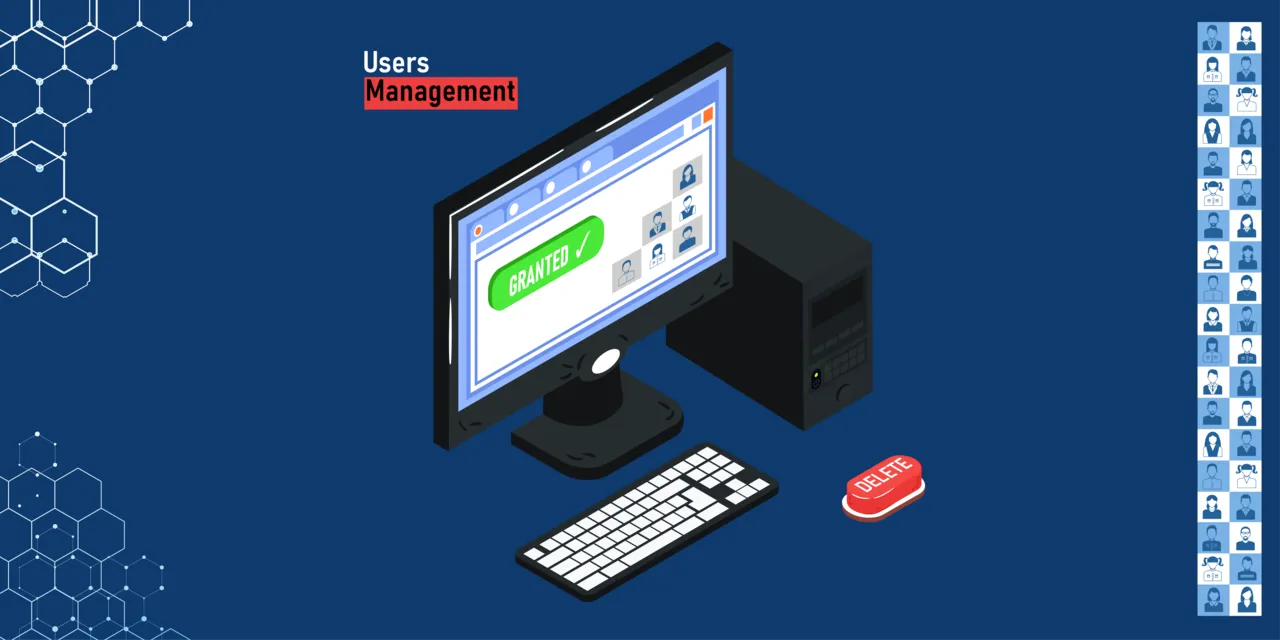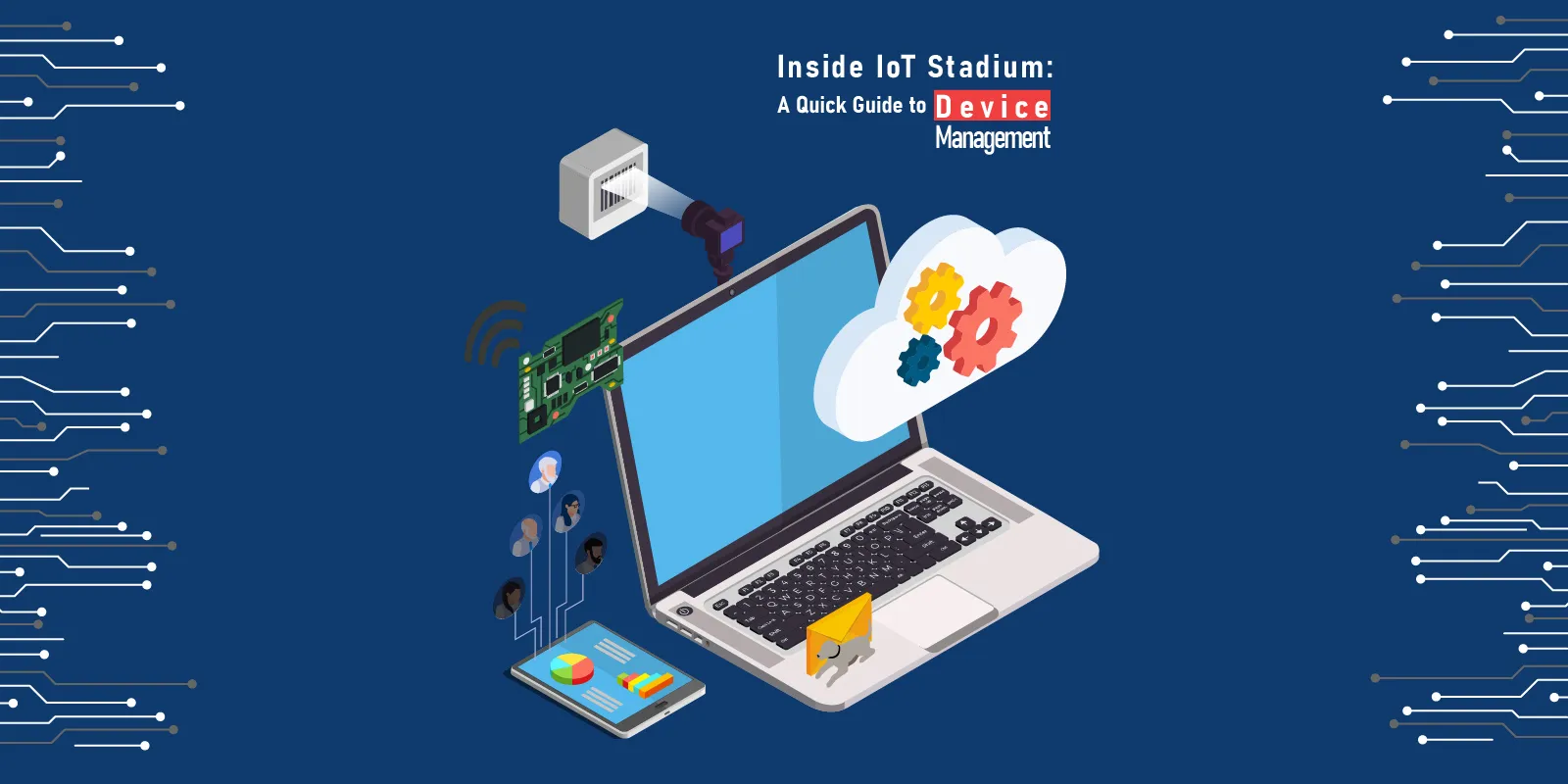Cloud computing plays a pivotal role in enhancing the success of the Internet of Things (IoT). Even though cloud is differ from the IoT, but when this two technologies combined, users can easily perform computing tasks through online services. The internet of things and cloud computing are good examples of modern technology, which have a different role but able to work together. IoT developers can access the necessary tools and services through cloud computing, while also facilitates the development of reliable and accurate data for the IoT apps.
Before we go deeper, let’s take a look of the basic of IoT and cloud computing.
What is the Internet of Things?
The Internet of Things, or IoT for short, is a technology that makes common electrically powered objects accessible and manageable from anywhere at any time. With a small microcontroller modification and the aid of several communication protocols, we are able to transfer data between the devices and our phone or PC.
The use of smart watches and switches are two examples of IoT applications that we might come across in our daily lives. We can track our daily steps, health, and receive notifications when there are new messages from our smartphones with a smart watch. With a smart switch, we can turn on and off the devices that are connected to it at any time or place.
What is Cloud Computing?
It takes time and money to scale up an organization's IT infrastructure and it is difficult to expand campus IT infrastructure. In order to handle larger data, we might require additional hardware, and we might also need to build more space to house that additional hardware. Remember that in order to integrate the new hardware, you must also set up new software. which requires funds and time.
Cloud computing offers the best answer to those issues. Virtual data centers that offer hardware, software, and resources on demand make up cloud computing services. Consequently, enterprises can establish a direct connection to the cloud and acquire the necessary resources. It helps cut costs and scale up and down in accordance with business needs.
Do IoT similar with Cloud Computing?
The answer is ‘no’. The Internet of Things (IoT) and Cloud computing are related concepts but serve different purposes.
Internet of Things
-
- Refers to the network of actual physical objects, or devices, that have sensors, software, and connectivity built in so they can communicate with other devices and systems over the internet.
- Aims to make devices "smart" and able to communicate with one another without the need for human intervention by connecting and facilitating communication between devices in order to gather and share data.
Cloud Computing
-
- Involves network of remote servers (in the cloud) to store, manage, and process data over the internet.
- Provides on-demand access to a shared pool of computing resources (such as servers, storage, databases, networking, and software) that do not require the user to manage them directly.
- Users can access and use computing resources as a service via the internet, typically on a subscription basis.
From those two short explanations, we may understand that creating a networked ecosystem of devices that can detect, touch, interact, and communicate with one another is the main goal of the IoT. To make life and work better, the goal is to connect everyone and everything. IoT provides businesses with up-to-date data on everything from daily operations to supply chains, logistics, and equipment performance.
On the other hand, because cloud computing makes it possible for us to communicate with our company from anywhere, at any time, we can utilize all of the data produced by the Internet of Things.
How IoT and Cloud Computing work together?
The process of defining or making it clear that the two are different is what separates cloud computing from the internet of things.
To achieve their goals, IoT and cloud computing often collaborate through integration with IoT Cloud—a dedicated platform designed to facilitate the efficient exchange of data. As the Internet of Things generates substantial data volumes, cloud computing provides an essential infrastructure for the seamless storage, processing, and analysis of this information.
In a more detailed perspective, cloud integration involves combining multiple cloud environments, either in a hybrid deployment or across various public clouds. This integration allows these environments to function cohesively, acting as a unified IT infrastructure for businesses. This interconnected approach ensures that the data generated by IoT devices can be easily and securely transported, enabling efficient collaboration between the Internet of Things and cloud computing.
The role of Cloud Computing in IoT
The role of cloud computing in IoT is crucial and multifaceted, providing a range of services and capabilities that enhance the functionality, efficiency, and scalability of Internet of Things (IoT) deployments. Here are some key roles of cloud computing in the context of IoT:
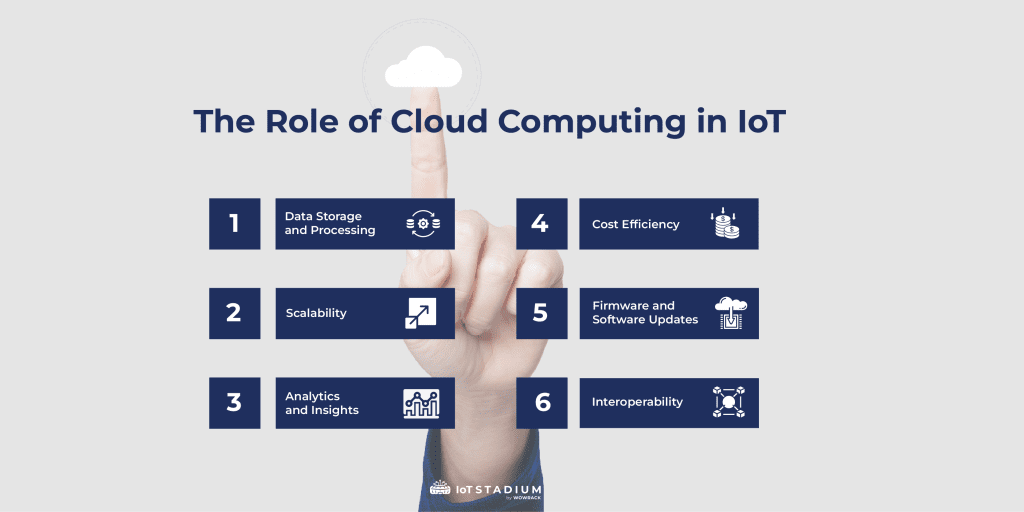
1. Data Storage and Processing:
IoT devices constantly generate huge amounts of data. Cloud computing facilitates the offloading of data from the IoT devices to secure and scalable storage. This data can be processed and analyzed effectively by cloud platforms, allowing for insights, forecasts, and well-informed decision-making.
2. Scalability:
The capacity to scale resources up or down in response to demand can be supplied by cloud services. As the number of connected devices in an IoT ecosystem may vary over time, cloud computing allows for dynamic adjustments to handle fluctuations in data volume and processing requirements.
3. Analytics and Insights:
Cloud platforms provide machine learning and advanced data analysis tools. Businesses can gain important insights from the data gathered by IoT devices by utilizing these services. In order to make more informed decisions, this involves seeing patterns, trends, and anomalies.
4. Cost Efficiency:
When it comes to IoT deployments, cloud computing provides an affordable option. This method of payment cloud services is available to organizations in substitution of taking advantage on and managing their own physical infrastructure. This can be especially helpful for new and small businesses that want to cut expenses up front.
5. Firmware and Software Updates:
For IoT devices, cloud computing enables effective firmware and software update management. Updating devices with the most recent versions, enhancing performance, and fixing security flaws can all be done in one place from the cloud.
6. Interoperability:
Cloud platforms can help different IoT devices and protocols work together, which can tackle one of the the major obstacle in IoT world. The cloud computing platform facilitates communication and data exchange, which helps mitigate the challenges associated with the heterogeneity of IoT ecosystems.
Conclusion
In short, the Internet of Things and Cloud Computing are two different things which can be integrated with IoT Cloud. To put it more precisely, cloud integration is the process of merging several cloud environments, either within a hybrid deployment or among different public clouds. Because of this integration, different environments may work together harmoniously and provide organizations with a single IT infrastructure. The integrated strategy guarantees the safe and easy transportation of data produced by Internet of Things devices, facilitating effective cooperation between cloud computing and the Internet of Things.
Visit our blog to get more information about technology. On the other hand, you can visit our knowledge base page for tutorials on how to use the features in IoT Stadium.
